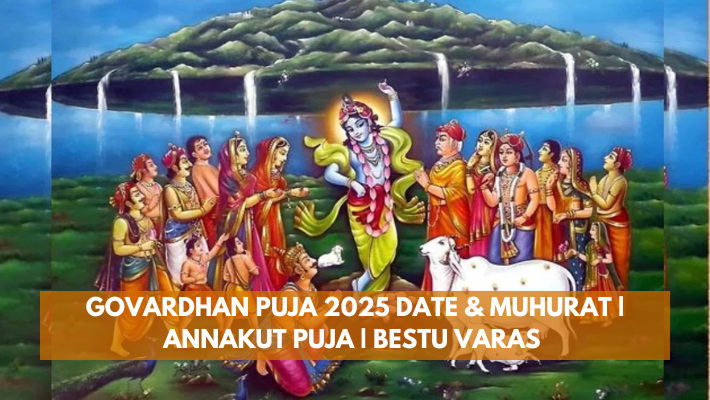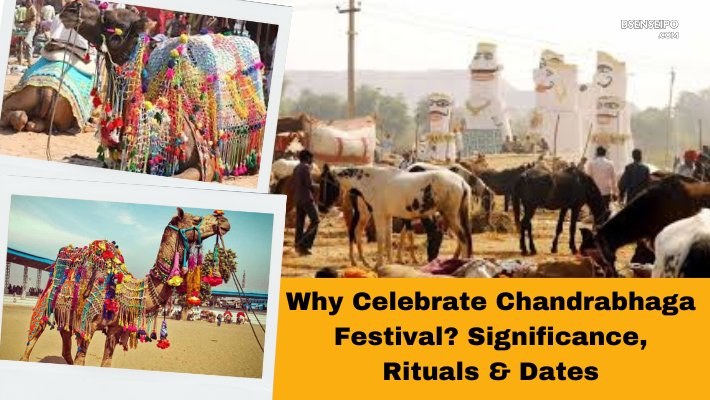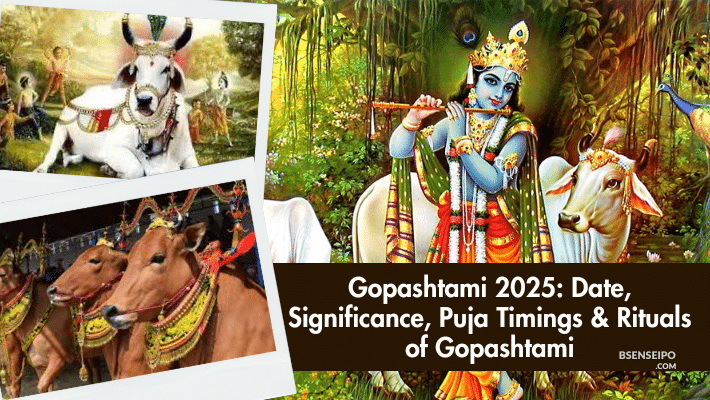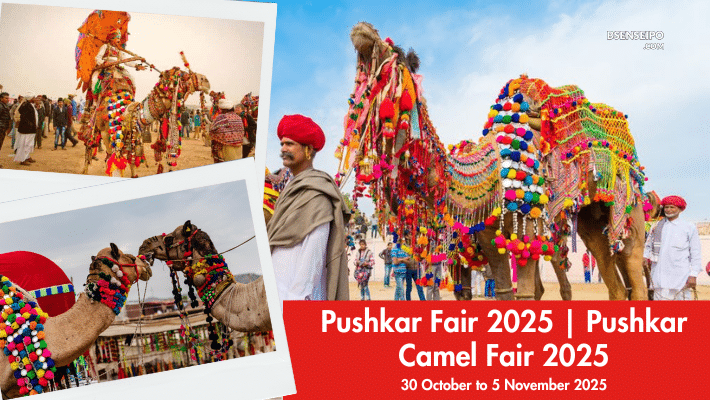Govardhan Puja 2025: Date, Significance, Rituals & Celebration Guide
Govardhan Puja, also known as Annakut Puja, is one of the most important Hindu festivals celebrated the day after Diwali. The festival marks Lord Krishna’s divine act of lifting the Govardhan Hill to protect the people of Gokul from torrential rains sent by Lord Indra. It symbolizes devotion, faith, and gratitude toward nature and God’s protection over humanity. Govardhan Puja falls on Monday, October 22, a day after Diwali (October 20–21, 2025)
Govardhan Puja 2025 Date & Muhurat
In 2025, Govardhan Puja falls on Monday, October 22, a day after Diwali (October 20–21, 2025).
Govardhan Puja Muhurat (Pratahkal):
🕕 Morning Puja Muhurat: 06:22 AM to 08:42 AM (IST)
🕕 Duration: 2 hours 20 minutes
🕕 Evening Puja Muhurat: 03:29 PM to 05:44 PM (IST)
🕕 Duration: 2 hours 16 minutes
(Note: The muhurat may vary depending on location and sunrise timings.)
The festival also coincides with Vikram Samvat New Year celebrations in Gujarat and some northern states, marking the beginning of a new spiritual and agricultural cycle.
Significance of Govardhan Puja
The story behind Govardhan Puja originates from the Bhagavata Purana, where Lord Krishna urged the people of Vrindavan to worship Govardhan Hill instead of offering prayers to Lord Indra, the rain god.
Angered by this defiance, Indra unleashed torrential rains upon the village. To protect the villagers, Lord Krishna lifted the massive Govardhan Hill on his little finger for seven days, offering everyone shelter beneath it.
Since then, devotees celebrate Govardhan Puja to honor this act of divine protection and express gratitude toward nature — especially mountains, rivers, cows, and fields that sustain life.
Thus, the day reminds devotees to:
- Respect the environment and its blessings.
- Practice humility and devotion over ego and pride.
- Serve and protect all forms of life.
How Govardhan Puja is Celebrated
Annakut Offering (Mountain of Food)
The word Annakut literally means “mountain of food.” Devotees prepare a grand variety of dishes — sweets, cereals, pulses, fruits, and vegetables — and arrange them in a mound representing Govardhan Hill. This offering symbolizes abundance and gratitude for nourishment.
Common items include:
- Kheer, Poori, Halwa, Chhole, Rice, and Laddoos
- Seasonal fruits, butter, and milk — Krishna’s favorites
After the offering, devotees perform aarti and distribute prasadam to family, friends, and the needy.
Govardhan Parikrama
In places like Mathura, Vrindavan, and Barsana, thousands of devotees perform Parikrama (circumambulation) around the actual Govardhan Hill, a ritual believed to bring blessings and spiritual merit. The parikrama covers about 21 kilometers and is usually completed barefoot as an act of devotion.
Worship of Cows (Gau Puja)
Cows, considered sacred in Hinduism, are bathed, decorated, and worshipped during Govardhan Puja. They are adorned with colorful clothes, garlands, and tilak as symbols of purity, motherhood, and sustenance. Devotees feed them jaggery, rice, and fruits.
Home Celebrations
At home, devotees build small Govardhan hill replicas using cow dung, clay, or mud, decorated with flowers and miniature figures of Krishna and villagers. Lamps (diyas) are lit around the structure, and the family performs puja together.
Many also chant Krishna bhajans, recite Govardhan Leela, and share sweets with neighbors and the community.
Regional Celebrations
- Mathura & Vrindavan (Uttar Pradesh): The main festivities include Annakut Mahotsav, Govardhan Parikrama, and Krishna Abhishekam at temples like Banke Bihari Temple and Dwarkadhish Temple.
- Gujarat: Celebrated as Bestu Varas (Gujarati New Year); families visit temples and start new ledgers for business.
- Maharashtra: People perform cow worship and offer food to Brahmins and the poor.
- North India: Villagers decorate cattle, light lamps, and offer large community feasts.
Spiritual Message of Govardhan Puja
Govardhan Puja isn’t just a festival — it’s a reminder to live in harmony with nature and remain humble before divine power. Lord Krishna’s message emphasizes faith over fear and devotion over arrogance.
By worshipping Govardhan Hill, devotees symbolically honor the Earth itself — recognizing that true divinity lies in nature’s gifts and in protecting them.
Post-Puja Traditions
- Parikrama (Circumambulation): Devotees perform a symbolic circumambulation (walking around) of the cow dung hillock, usually seven times, while chanting Krishna’s names. In Mathura and Vrindavan, a 21-kilometer Govardhan Parikrama around the actual hill is performed by thousands of devotees.
- Prasad Distribution: After the puja, the Annakut feast is considered prasad (blessed food) and is distributed among family, friends, and community members, signifying communal bonding and sharing of blessings.
- Other Observances: In some regions, especially among the trading community, this day is celebrated as Dyuta Krida (a symbolic game or celebration of the new financial year).
Quick Summary: Govardhan Puja 2025
| Aspect | Details |
|---|---|
| Festival Name | Govardhan Puja / Annakut Puja |
| Date (2025) | Monday, October 22 |
| Day After | Diwali (October 20–21, 2025) |
| Puja Muhurat | 06:22 AM – 08:42 AM |
| Significance | Lord Krishna lifts Govardhan Hill to protect devotees |
| Main Rituals | Annakut offering, Cow Puja, Govardhan Parikrama, Lighting Diyas |
| Regions Celebrated | Uttar Pradesh, Gujarat, Rajasthan, Maharashtra, Delhi |




